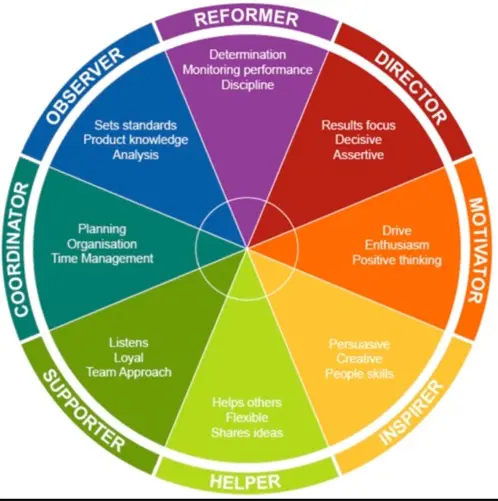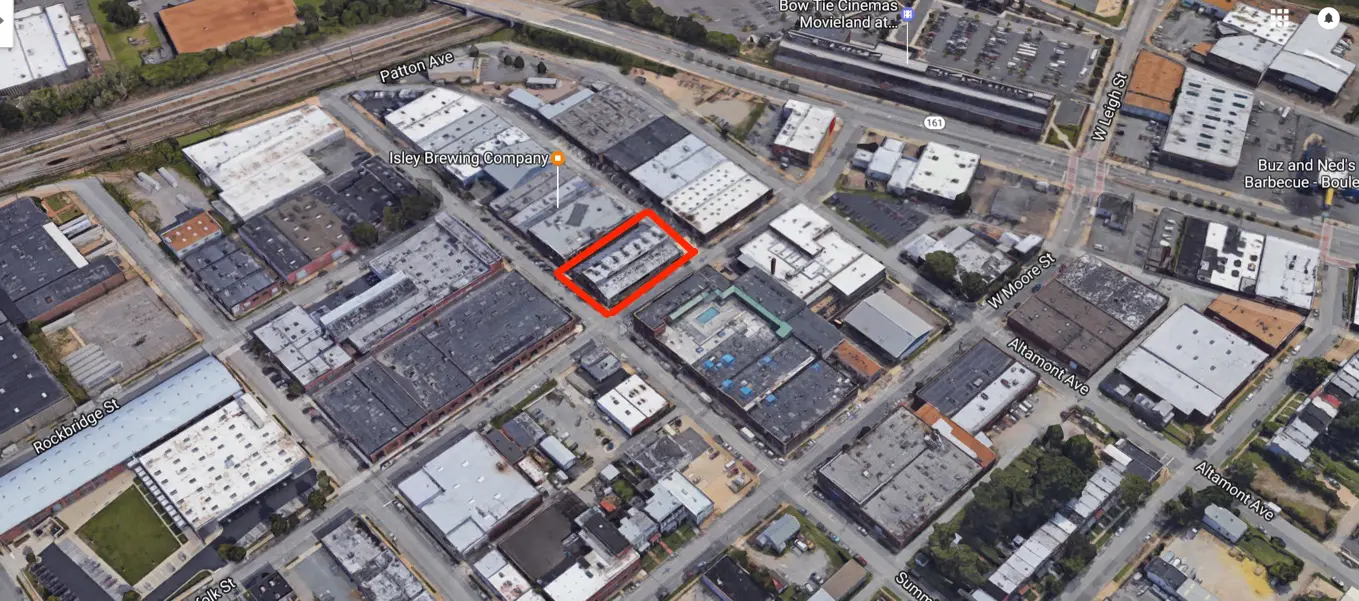For what it is worth, the 2017 real estate season was a blur. And we began 2017 on the heels of what we thought was a blur of a season in 2016. Ditto 2015, and 2014 before that.
All About 2017
For each of the past several years, the market has pushed itself upwards at ever increasing rates in terms of both pricing and sales volume.
So what did we see in 2017?
- we saw prices rise in most markets rather substantially
- we saw transactional volume climb
- we saw inventory continue to be at historic lows
- we saw new housing starts continue to lag
- we saw multiple offers and bidding wars in increasing numbers
But do you know what we didn’t see? We did not see interest rates climb.
As a matter of a fact, they actually fell.
Wait, what?!?
Rates Remained in the 3’s for Much of 2017
Yes, rates DECLINED over the course of 2017.
Despite Janet Yellen’s imminent departure as Chair of the Federal Reserve, the North Korean nuclear threat, BREXIT, Russian election meddling, pending changes in the tax code, low unemployment and a booming stock market, 30 year mortgage pricing actually declined by about 1/2 point from January through November.
Go figure.
See the chart below to see how 30 year mortgage rates tracked over the past 5 years.
You can see the trend — and (at least for now) it isn’t up.
So When Will They Go Up?
Good question and no one really knows — and that includes the Federal Reserve.
Despite the fact that the US economy is on increasingly solid footing with low unemployment and a robust stock market, there is little inflation on the horizon. And for those who maybe slept through their economic classes, inflation (or the expectation of it) is what drives pricing for the long term interest rates.
The chart below shows the inflation expectation in the market and as you can see, it is not on an upward trajectory.
So until the numbers show inflation creeping in, interest rates will stay well below historical norms.
But more on that in a moment.
What Happens When Rates Rise?
So what will happen when rates do rise? Will rising rates stem the tide of price increases? Or will home prices actually begin to decline? Or even worse, will it be 2008 all over again?
No, not likely at all. As a matter of a fact, rising rates might mean housing prices rise, too.
WHAT?!?
Inflation generally occurs when two things happen — the economy is growing AND wages are rising. Right now, despite an economy that is doing fairly well, wages are stagnant, and have been so for some time.
So if the market begins to experience inflation, it means that wages are likely rising, too, and the economy is really starting to heat up. So any negative impact rising rates will be offset by rising wages. Stated differently, the home buying public will not only have the income necessary to cover the rising cost of the mortgage, they are likely to have income in excess of what is required and buy bigger, better and newer housing.
Take a look at the chart below to see how much we are spending on our housing and you can see how much more (in theory) we could be spending on housing before it becomes an issue.
Does that make you feel any better?
Remember the ARM?
Another very important factor is the type of mortgage buyers will choose.
When 30 year mortgage rates rise, buyers tend to migrate into the adjustable rate mortgage products like the 7/23, 3/1, 5/1 and 7/1 ARM’s. ARM products (aka Adjustable Rate Mortgages) offer a mortgage with a fixed rate for a shorter time frame (typically 3, 5 or 7 years) and then begin to adjust based on a predetermined index.
See the chart below to compare. Would you take a 20-25% lower mortgage payment for 5 years of mortgage certainty? Many would, especially if they expect to stay in the home for 5 to 10 years. Think of it this way — why would you pay to have a mortgage rate for 30 years when you are only going to be in the home for a fraction of the time?
In more normal interest rate markets, ARM products can be anywhere from 1 to 3 rate points better, and that is a big enough spread to make people change from the 30 year fixed rate to one of the hybrid products.
So when rates start to climb into the 6’s and 7’s, you can rest assured that many buyers will elect ARM’s that will have start rates in the 4’s and 5’s — keeping affordability similar to where it is now.
Don’t Worry About Rates
Am I saying that prices will continue to climb unabated? No, I am not. Any number of factors could cause an adjustment — but interest rates rising into the 6’s won’t be the cause. As a matter of a fact, most experts feel that house pricing is immune to interest rates even into the middle 7’s — so interest rates can nearly double before buyers will change behavior.
Take a look below at interest rates over the past 50 years to get a sense of how rare this interest rate environment actually is. For those who entered the housing market after the 2008 crash, then all you know is rates below 5%. But for those who have owned housing as far back as the 1980’s or 1990’s, today’s rates seem laughably low.
So if you want to find something to worry about, keep you eye on the economy, tax reform, housing inventory, construction starts, and rent levels (ok, and North Korea) and stop worrying about rising interest rates changing housing’s trajectory.


 So you bought a home in 2007, eh?
So you bought a home in 2007, eh?





